- Home
- Articles
- Architectural Portfolio
- Architectral Presentation
- Inspirational Stories
- Architecture News
- Visualization
- BIM Industry
- Facade Design
- Parametric Design
- Career
- Landscape Architecture
- Construction
- Artificial Intelligence
- Sketching
- Design Softwares
- Diagrams
- Writing
- Architectural Tips
- Sustainability
- Courses
- Concept
- Technology
- History & Heritage
- Future of Architecture
- Guides & How-To
- Art & Culture
- Projects
- Interior Design
- Competitions
- Jobs
- Store
- Tools
- More
- Home
- Articles
- Architectural Portfolio
- Architectral Presentation
- Inspirational Stories
- Architecture News
- Visualization
- BIM Industry
- Facade Design
- Parametric Design
- Career
- Landscape Architecture
- Construction
- Artificial Intelligence
- Sketching
- Design Softwares
- Diagrams
- Writing
- Architectural Tips
- Sustainability
- Courses
- Concept
- Technology
- History & Heritage
- Future of Architecture
- Guides & How-To
- Art & Culture
- Projects
- Interior Design
- Competitions
- Jobs
- Store
- Tools
- More
Green Oasis: The Art of Integrating Architecture with Garden Design

In an era where urbanization is rapidly transforming the landscape, the integration of architecture and garden design emerges as a beacon of hope for environmental sustainability and aesthetic harmony. This concept, often referred to as “Green Oasis,” is not just about planting trees around buildings but about creating a seamless blend of nature and structure, resulting in spaces that are both functional and rejuvenating.
Table of Contents
ToggleThe Philosophy Behind Green Oasis
The core philosophy of Green Oasis is rooted in the belief that architecture and nature are not mutually exclusive. This approach seeks to create a symbiotic relationship between the built environment and the natural world. By doing so, it addresses the growing need for urban green spaces, promotes biodiversity, and enhances the quality of life for residents.
The integration of architecture and garden design involves several key elements:
- Native Planting: Using native plants in garden design ensures that the greenery is well-suited to the local climate and soil, requiring less maintenance and water. This also supports local wildlife and promotes biodiversity.
- Green Roofs and Walls: These features not only add aesthetic value but also provide insulation, reduce stormwater runoff, and help in air purification.
- Sustainable Materials: Choosing materials that are eco-friendly and have a low carbon footprint is crucial. This includes using recycled materials, sustainable wood, and non-toxic paints.
- Natural Light and Ventilation: Designing buildings to maximize natural light and cross-ventilation reduces the need for artificial lighting and air conditioning, thereby saving energy.
- Outdoor Living Spaces: Integrating gardens with functional outdoor living spaces, like patios or balconies, encourages interaction with nature.

Credit: Hotel in Singapore: A green oasis that rises to the sky | City Magazine
Benefits of Green Oasis
The concept of Green Oasis brings numerous benefits, both environmentally and socially. Environmentally, these integrated spaces contribute significantly to reducing the urban heat island effect, enhancing air quality, and promoting water conservation. The presence of plants and trees in urban areas plays a crucial role in carbon sequestration and provides habitats for wildlife, contributing to increased biodiversity. Psychologically, access to green spaces has been proven to reduce stress and improve mental health. The calming effect of nature, combined with the aesthetic appeal of thoughtfully designed gardens, creates an oasis in the midst of urban chaos, contributing to the overall well-being of residents. Additionally, Green Oases often serve as communal areas that foster social interaction and community engagement. By providing shared spaces that encourage gatherings and leisure activities, these designs promote a sense of community and belonging among residents. The integration of architecture with garden design, therefore, offers a holistic approach to urban living, blending the benefits of nature with the necessities of modern infrastructure.

Examples for Green Oasis
- The Bosco Verticale in Milan: This pair of residential towers is famous for its vertical forests, with over 900 trees and more than 2,000 plants, demonstrating how high-density urban areas can incorporate significant greenery.
- The High Line in New York City: This linear park, built on a historic freight rail line, is an excellent example of integrating green spaces within an urban setting, offering both aesthetic appeal and a habitat for wildlife.

The Future of Green Oasis
As the world continues to grapple with environmental challenges, the concept of Green Oasis is gaining momentum. Architects and garden designers are increasingly collaborating to create spaces that are not just environmentally responsible but also elevate the human experience. This movement represents a hopeful step towards a future where our urban landscapes are not just concrete jungles but thriving ecosystems that celebrate the coexistence of nature and architecture.
In conclusion, the art of integrating architecture with garden design is more than a trend; it’s a necessary evolution in our approach to urban development. Green Oasis stands as a testament to the possibilities of creating harmonious, sustainable, and beautiful living environments. As we move forward, it is imperative that we continue to explore and embrace these practices, ensuring a greener, healthier future for all.

Submit your architectural projects
Follow these steps for submission your project. Submission FormLatest Posts
Top Tips for a Healthy and Beautiful Backyard
A thriving backyard creates space for relaxation, gatherings, and moments of quiet...
Transform Your Garden with Artificial Turf Austin Solutions
Transforming your garden with artificial turf can be a game-changer, especially if...
What You Really Need to Create a Beautiful Yard
A beautiful yard is more than just an outdoor space, it’s a...
How to Choose the Right LED Grow Light for Your Indoor Garden
For indoor growers, it can be the difference between healthy, vibrant plants...





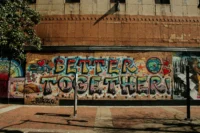
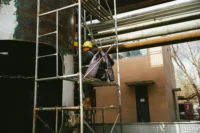
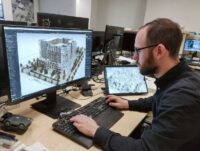

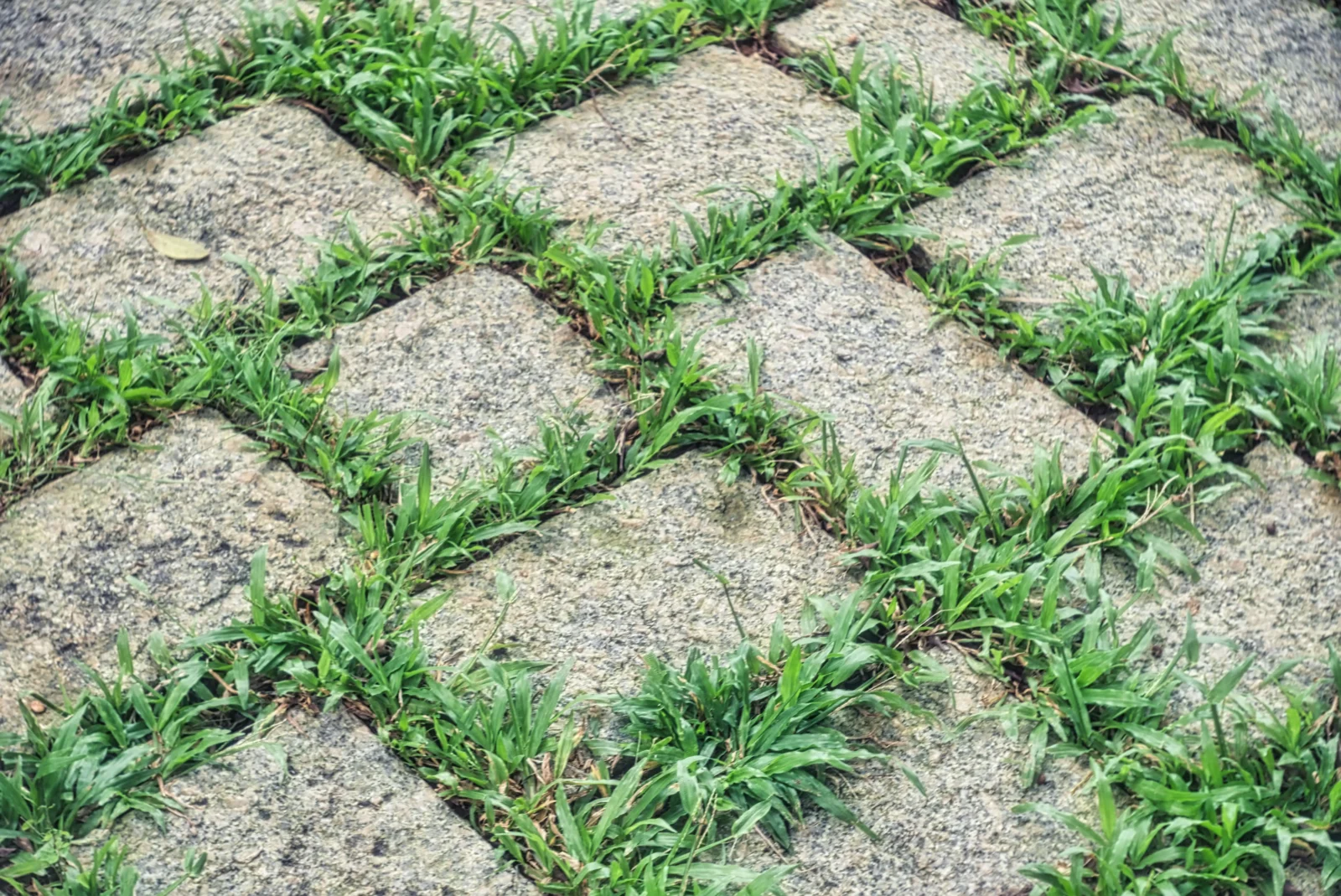
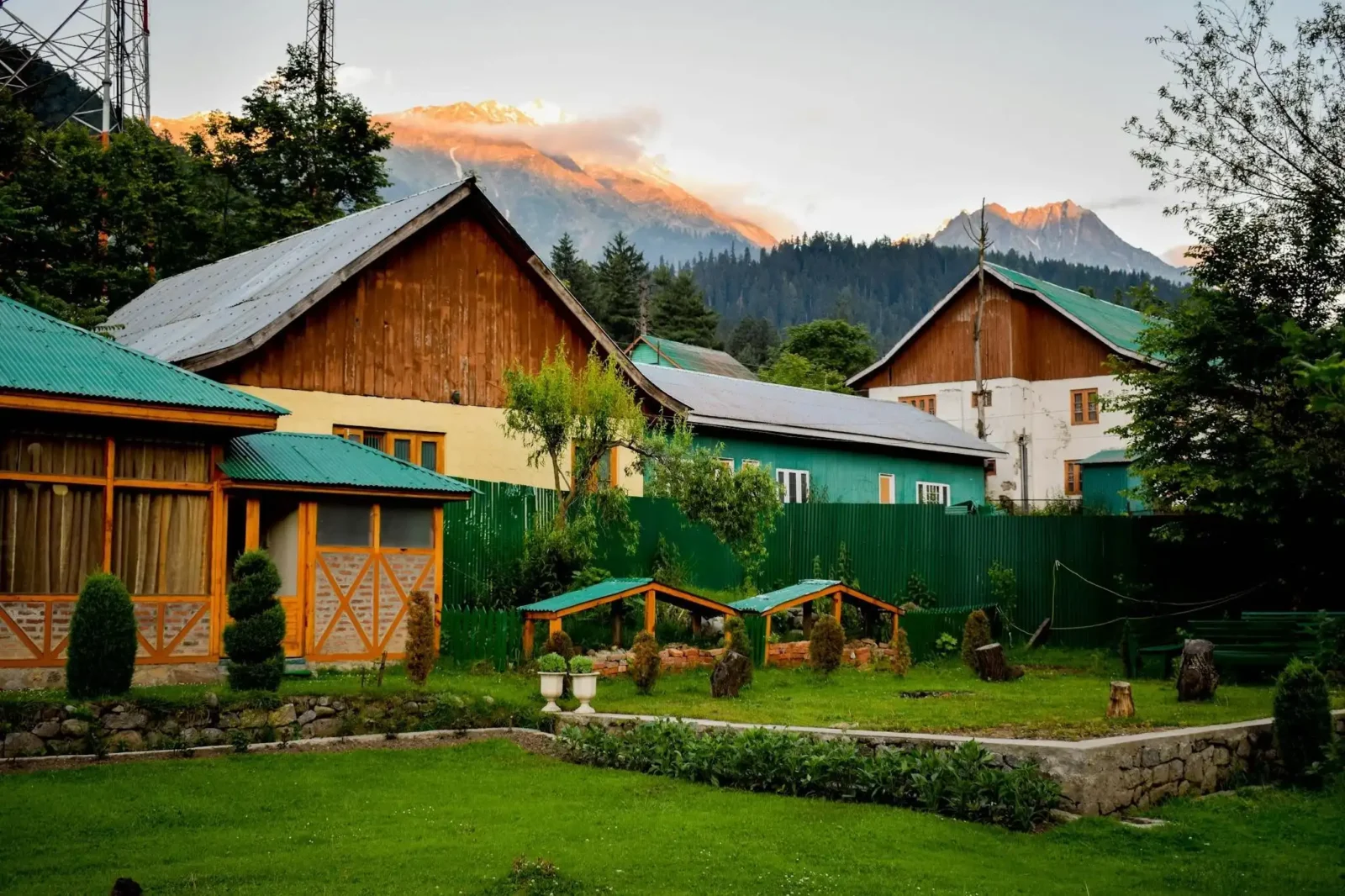

Leave a comment